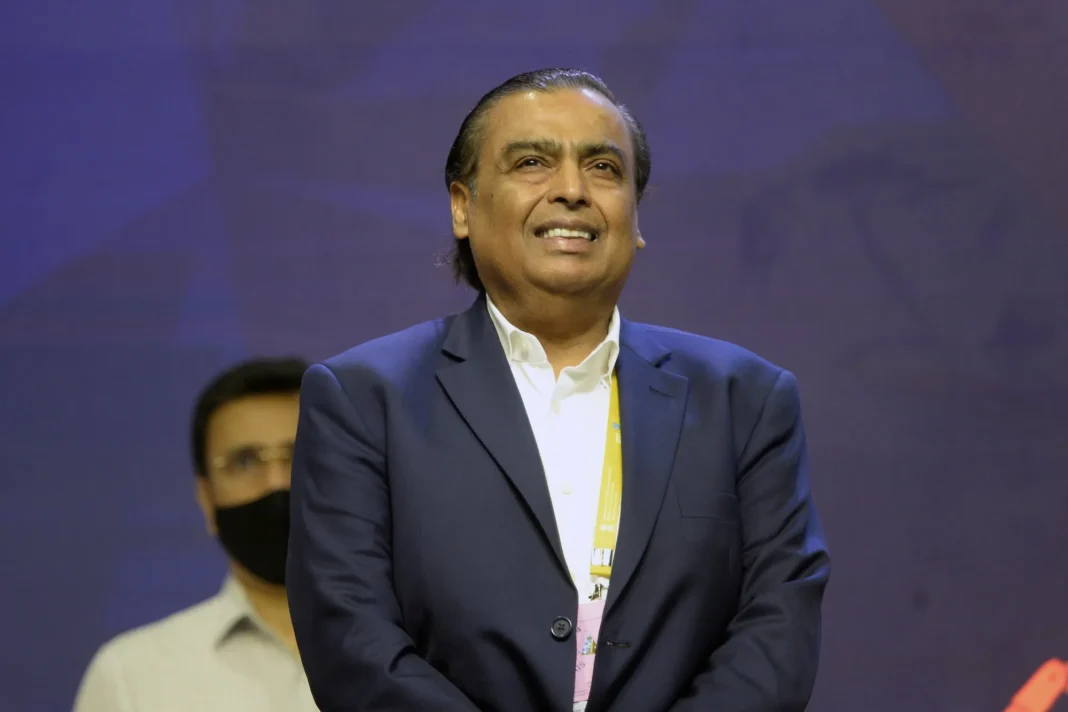India continues importing Russian crude despite the discount shrinking to approximately $1.5 per barrel—a sign that economic rationales still guide refining decisions amid geopolitical pressure.
Discount Narrowed Significantly
- Bharat Petroleum Corporation (BPCL) confirmed that in July 2025, the discount on Russian crude narrowed to about $1.5 per barrel, down from much higher previous levels
- Indian Oil Corporation (IOC) and other state refiners have also noted similar trends, with discounts currently hovering between $1.5 to $2 per barrel, yet imports remain steady
Imports Continue Amid Shrunken Margins
- Despite the drop in discounts, India’s intake of Russian oil remains robust, driven purely by economics, with no government directive altering procurement strategies
- State-run refiners still rely on Russian crude, which accounts for significant portions of their intake—IOC maintains around 24% of crude imports, while BPCL’s share remains in the 30–35% range when discounts are favorable
- Reuters reports that with increasing discounts (now around $2.70) for October deliveries, Indian state refiners have resumed Russian Urals purchases after a brief pause
Why India Still Buys Russian Oil
- Refiners emphasize that decisions depend on pricing and suitability—if a crude grade fits their processing and yield needs, a even modest discount justifies purchase
- The primary drivers remain profitability and operational continuity—not geopolitics. Despite mounting U.S. and EU pressure, India continues imports under the constraints of Western-imposed price caps, which it has been complying with
What If India Has to Pivot?
- Analysts estimate that without Russian oil, India’s annual import bill could rise—Nomura pegs an increase at approximately $1.5 billion annually based on current discount levels The Indian Express
- Kpler suggests that if India shifts to more expensive grades from the Middle East or the U.S., the cost could escalate by $3–5 billion per year
- Yet, because global oil prices are currently about $9 per barrel lower than in 2024, the overall financial impact may be cushioned


